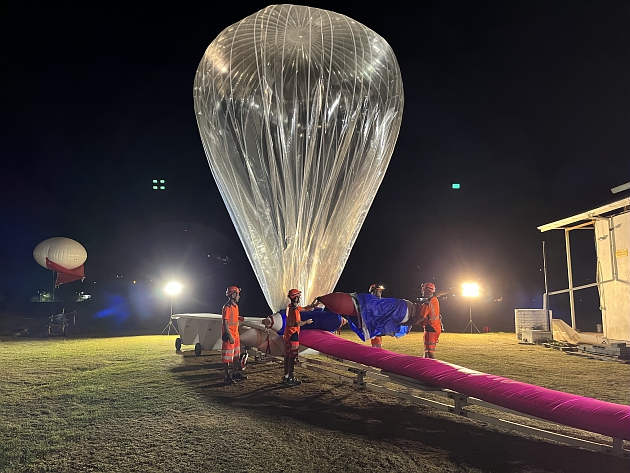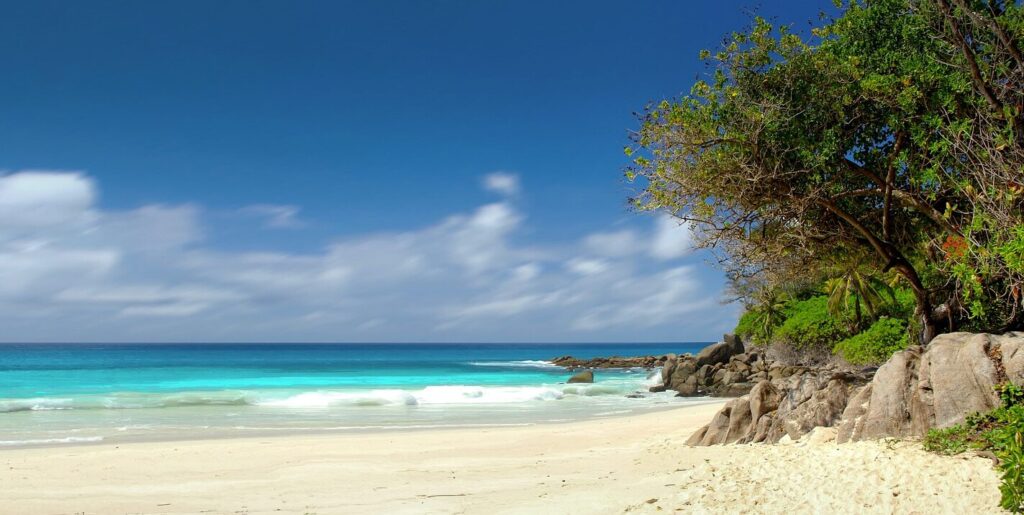A partnership led by French space agency CNES and France’s national scientific research center CNRS has launched several stratospheric superpressure balloons from Mahé Airport in the Seychelles as part of its WMO-backed Strateole-2 Earth-observation program.
Working with the Seychelles Meteorological Authority (SMA), the partnership will launch up to 25 balloons between mid-October and mid-December 2021, with their progress monitored through to April 2022. This follows an initial validation campaign launched in 2019/2020, with a third and final campaign planned for 2024/2025.
Strateole-2 aims to study atmospheric dynamics in the intertropical zone by capturing in-situ measurements and remote-sensing data using the stratospheric balloons.

The helium-filled closed balloons span 11m to 13m and carry light payloads weighing around 22kg. They operate at an altitude of 18-20km, drifting with the winds for distances up to 80,000km. The onboard instrumentation can register wind strength and direction; air pressure and temperature; water vapor; ozone and carbon dioxide concentration; suspended ice and dust particles; and very-high-altitude clouds.
The balloon launch site was chosen to provide the best possible coverage of the intertropical zone and to optimize flight duration. Over the course of three to four months, the balloons will circumnavigate the planet twice and potentially overfly 96 countries as they collect their data. For the 2019-2020 validation campaign, the eight balloons released clocked up 680 flight days in total, an average of 85 days per flight, and six out of eight completed more than a full circle of the globe.
Strateole-2 comes under the umbrella of the World Meteorological Organization’s SPARC program (Stratosphere-troposphere Processes And their Role in Climate). Certain observations will be sent to weather centers around the world to help improve forecasting. All data collected will be freely available to the global scientific community.
CNES has been a leading international operator of stratospheric balloons since the success of its Strateole-Vorcore campaign in the Antarctic in 2005. Teams at CNRS have gained unique expertise in developing payload instruments and in exploiting the science value of their exceptional measurements to delve deeper into the dynamics, physics and chemistry of our planet’s upper atmosphere.



